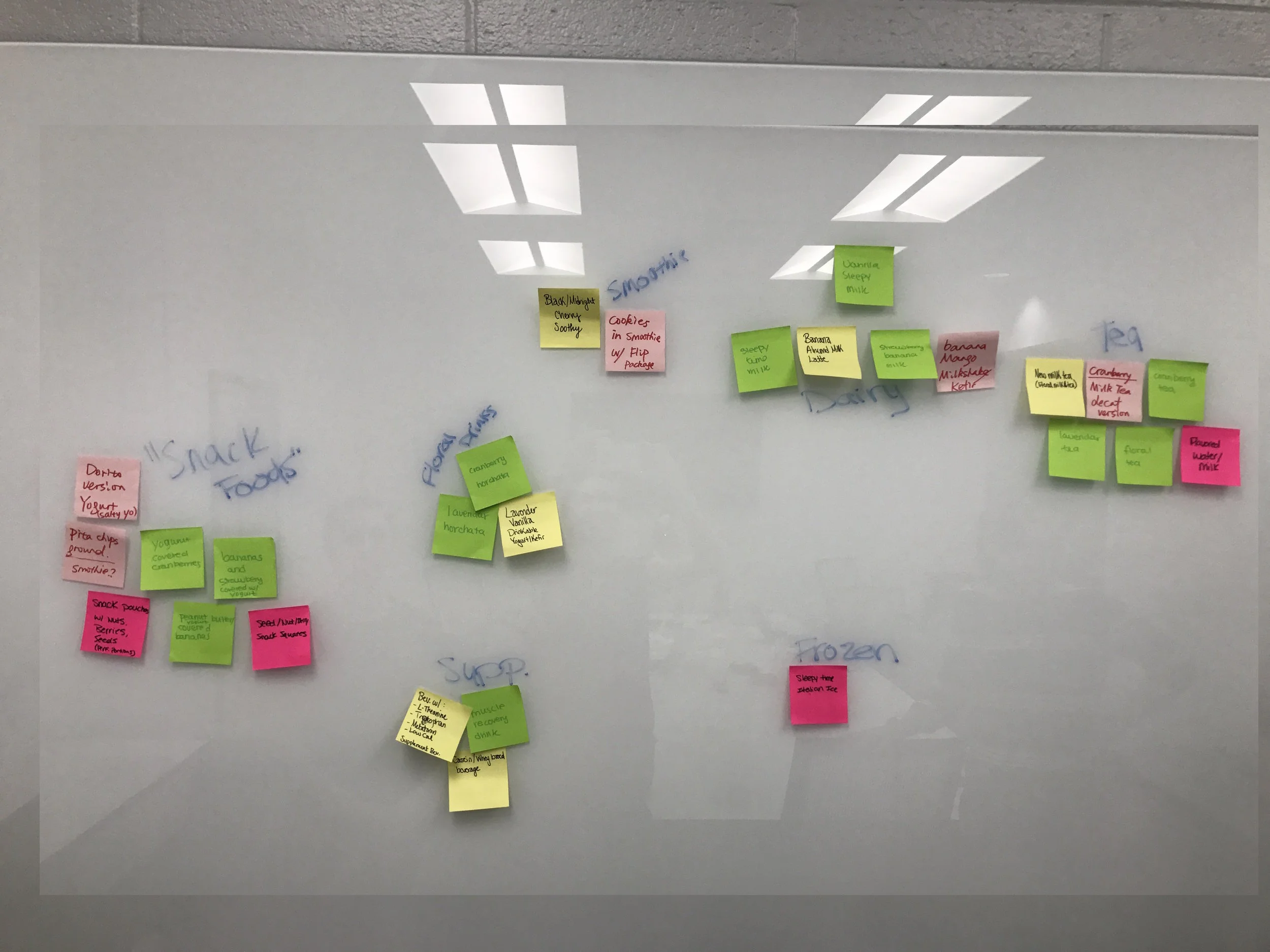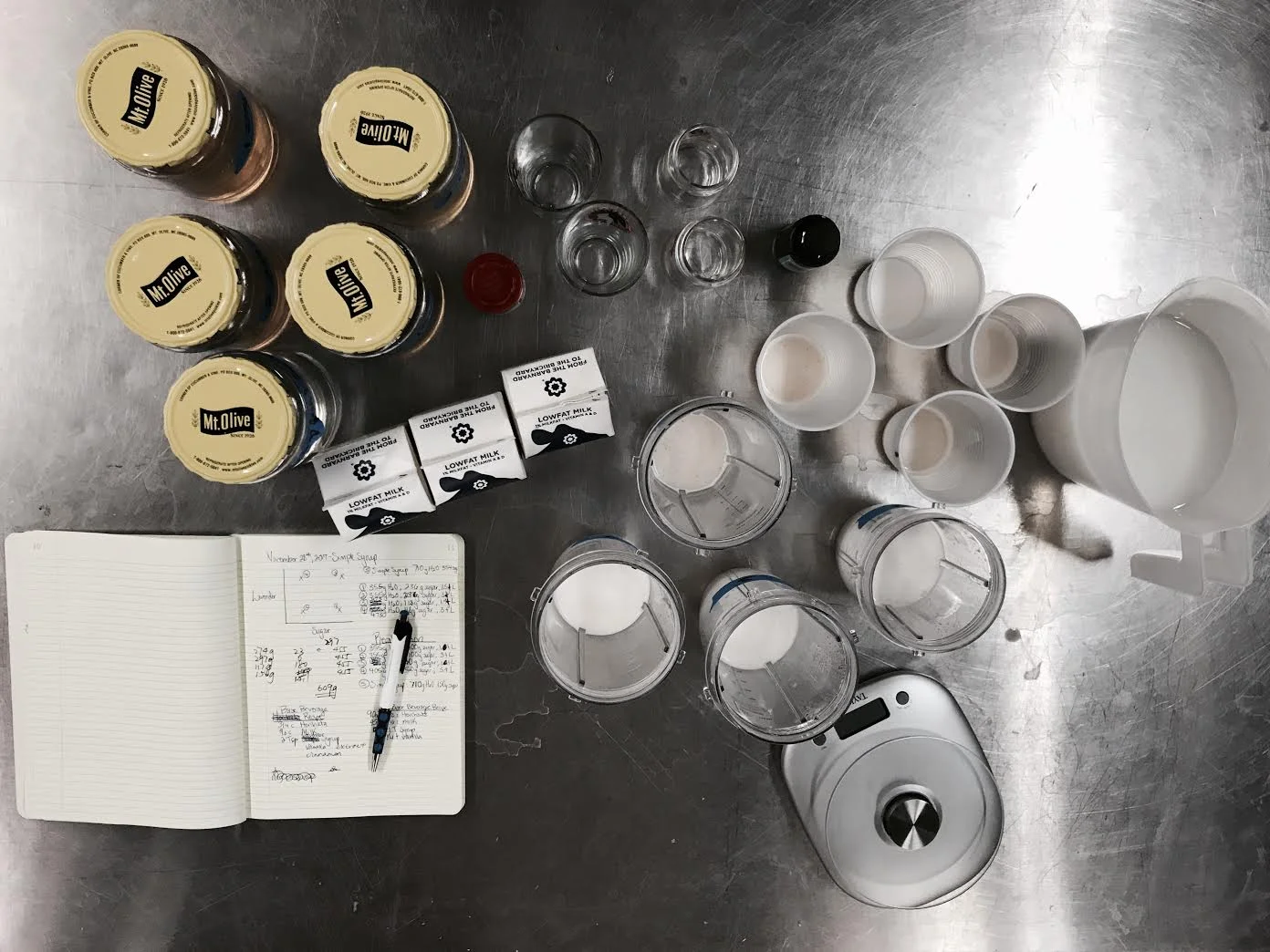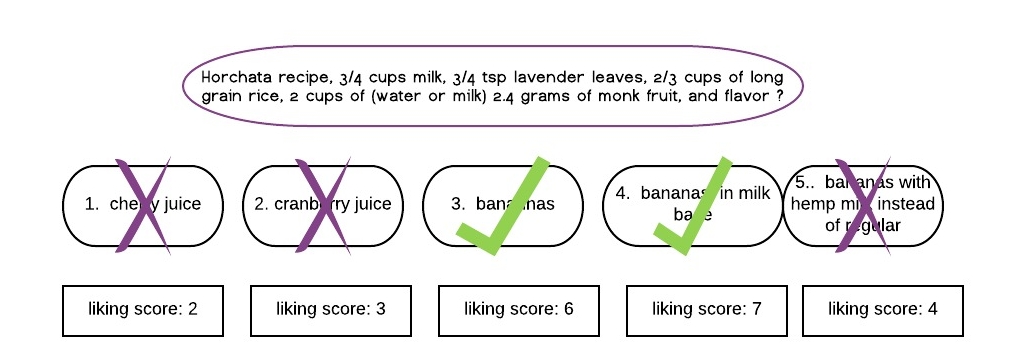Overview
Project Description:
In the fall of 2017 I took a Food Ingredient Product Development course at North Carolina State University. The class was split up into teams and our assignment was to create a new food product in twelve weeks.
Goal:
Create a new food or a drink that provides an experience for the consumers and can help them fall asleep at night.
My Role:
User Research, Facilitation, Package Design.
















